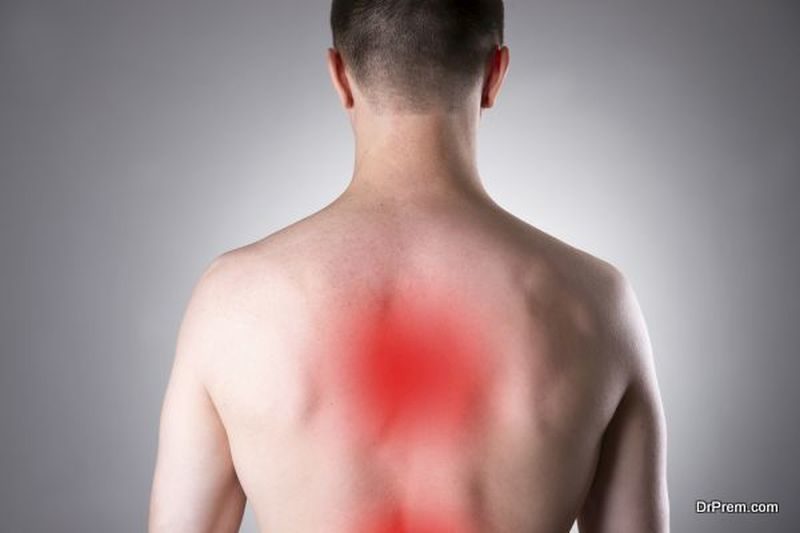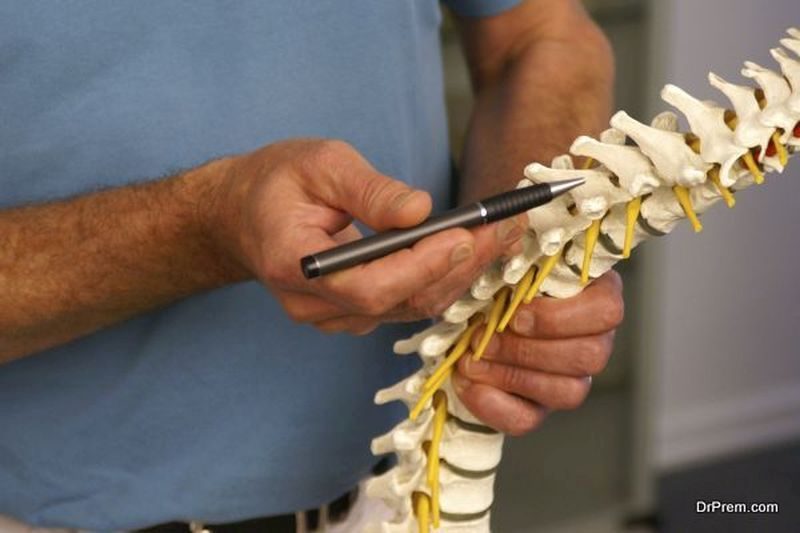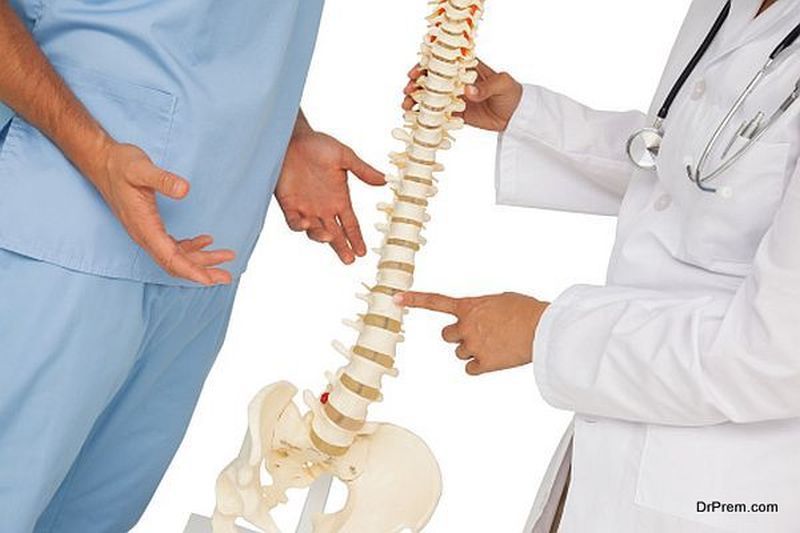Did your mother ever tell you to “Stand up straight!”? Posture is important for preserving the proper alignment of your neck, back, and shoulders. Without it, you can develop some pretty serious (and painful) conditions. But in some cases, poor posture, slouched shoulders, or a crooked stance isn’t your fault.
Only 2-3% of the population suffers from scoliosis. But for that small percentage, it has a big impact on their daily life. Most cases of scoliosis develop between the ages of 10 and 15. This means ample time for correction before adulthood. But how do you know if you have scoliosis? Or if your back pain and discomfort are signs of something else? Keep reading to discover a few ways to tell if you do, in fact, have scoliosis.
1. The C or S Curve
 One of the most recognizable signs of scoliosis is a C or S curve to your spine. Unfortunately, it generally takes an X-ray for doctors to determine the exact curvage of your spine. But in severe cases, when a patient bends over, you can see this abnormality clearly. Your spine is made up of 33 vertebrae that all stack on top of one another. In healthy patients, the spine has a natural curve, allowing you to bend and move comfortably. Scoliosis causes the spin to curve in an unnatural manner.
One of the most recognizable signs of scoliosis is a C or S curve to your spine. Unfortunately, it generally takes an X-ray for doctors to determine the exact curvage of your spine. But in severe cases, when a patient bends over, you can see this abnormality clearly. Your spine is made up of 33 vertebrae that all stack on top of one another. In healthy patients, the spine has a natural curve, allowing you to bend and move comfortably. Scoliosis causes the spin to curve in an unnatural manner.
Mild curves may go undetected for some time, which is why many pediatricians have patients bend over and touch their toes. In doing so, the doctor can run their hand down the line of the spine to determine if there are any abnormalities. Sadly, there is no known cause for scoliosis. Some patients are born with it, while some adults develop the disorder over time. The good news is, there are corrective methods available. And why not visit the best back surgeon for the best results?
2. Uneven Stature
 Another common name for the spine is the back bone. And it’s no wonder why. These bones are what help you walk and stand with a nice, straight stature. When your spine is misaligned or curved due to scoliosis, it will present itself in an uneven stature. You may notice the following signs of unevenness in children, teens, or adults:
Another common name for the spine is the back bone. And it’s no wonder why. These bones are what help you walk and stand with a nice, straight stature. When your spine is misaligned or curved due to scoliosis, it will present itself in an uneven stature. You may notice the following signs of unevenness in children, teens, or adults:
- Shoulders of different heights
- One hip sticks out or is lower than the other
- Protruding ribs
- Head appears uncentered
In most cases, a crooked stature causes different complications in both children and adults. For kids, it takes quite a while for extreme pain or discomfort to set in. Instead, they feel embarrassment or low self-esteem based on their “odd” body shape. Adults, however, will experience pain and discomfort as the crooked spine puts pressure on nerves and other areas of the body.
It’s interesting to note that the cause of scoliosis in adults is very different than that of children. Most children are born with the condition, whereas adults develop it over time. This happens when wear and tear damages the bones and joints in the spine. Disks in your back also break down over time, becoming thinner. This loss of height causes disks to tilt, creating the uneven bend and curve.
3. Other Symptoms
 Other than the visible signs of scoliosis and the pain and discomfort experienced by many adults, here are a few other indicators that the stability and health of your spine might be in question.
Other than the visible signs of scoliosis and the pain and discomfort experienced by many adults, here are a few other indicators that the stability and health of your spine might be in question.
- Loss of height
- Exhaustion/weakness
- Difficulty breathing
- Difficulty walking or standing up straight
- Feelings of fullness shortly after eating
- Numbness or tingling in the legs
If you’re experiencing any of these symptoms for unexplained reasons, you should consult your doctor for an exam and diagnosis.
As uncommon as scoliosis might be, there are countless treatment options available. Early detection is key, which means having your children seen annually for physicals is a must. As an adult, don’t caulk your back pain up to just “sleeping wrong”. If your pain is persistent, visit your doctor for a consultation or referral.
Article Submitted By Community Writer




